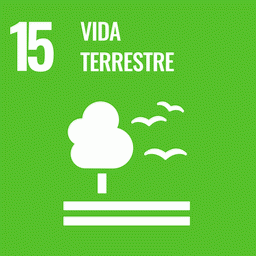The Amazon tropical evergreen forest is an important component of the global carbon budget. Its forest floristic composition, structure, and function are sensitive to changes in climate, atmospheric composition, and land use. In this study biomass and productivity simulated by three dynamic global vegetation models (Integrated Biosphere Simulator, Ecosystem Demography Biosphere Model, and Joint UK Land Environment Simulator) for the period 1970–2008 are compared with observations from forest plots (Rede Amazónica de Inventarios Forestales). The spatial variability in biomass and productivity simulated by the DGVMs is low in comparison to the field observations in part because of poor representation of the heterogeneity of vegetation traits within the models. We find that over the last four decades the CO2 fertilization effect dominates a long-term increase in simulated biomass in undisturbed Amazonian forests, while land use change in the south and southeastern Amazonia dominates a reduction in Amazon aboveground biomass, of similar magnitude to the CO2 biomass gain.
Climate extremes exert a strong effect on the observed biomass on short time scales, but the models are incapable of reproducing the observed impacts of extreme drought on forest biomass. We find that future improvements in the accuracy of DGVM predictions will require improved representation of four key elements: (1) spatially variable plant traits, (2) soil and nutrients mediated processes, (3) extreme event mortality, and (4) sensitivity to climatic variability. Finally, continued long-term observations and ecosystem-scale experiments (e.g. Free-Air CO2 Enrichment experiments) are essential for a better understanding of the changing dynamics of tropical forests.
